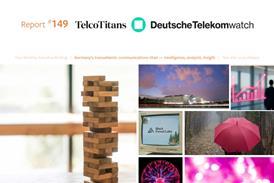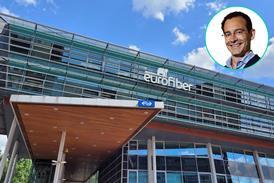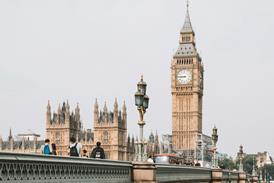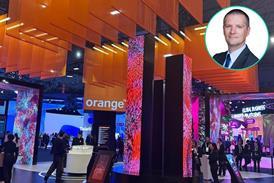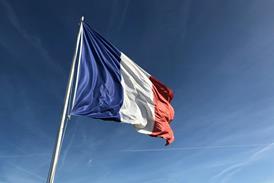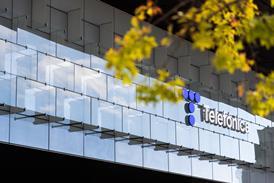- Telcos
- Network & IT
- Infra
- People
- Finance & Strategy
- Events
- Regions
- Thought Leadership
 Can AI-RAN succeed without open RAN? ‘Yes and no’, says Alliance Chair Choi
Can AI-RAN succeed without open RAN? ‘Yes and no’, says Alliance Chair Choi The service assurance gap: why ‘make do and mend’ fails modern networks
The service assurance gap: why ‘make do and mend’ fails modern networks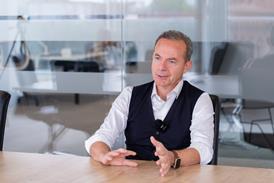 Landolina’s “be useful” philosophy: steering Cellnex towards stronger MNOs, digital Britain
Landolina’s “be useful” philosophy: steering Cellnex towards stronger MNOs, digital Britain AI Business Efficiency white paper: Turning Data & AI into Measurable Value
AI Business Efficiency white paper: Turning Data & AI into Measurable Value
- Premium
- TelcoX EMEA Leadership & Performance Study
Close menu
- Home
- Telcos
- Network & IT
- Infra
- People
- Finance & Strategy
- Events
- Regions
- Thought Leadership
- Premium
- TelcoX EMEA Leadership & Performance Study
O2 mulls more active approach to white‑spot wipe‑out
Anne Morris2022-11-15T10:14:00

Source: O2
CEO Markus Haas signals move to active network sharing in ‘white spots’.
This is TelcoTitans Professional Subscription content. Subscribe now.
Already a subscriber? Sign in here, or contact us to check if your company has access.
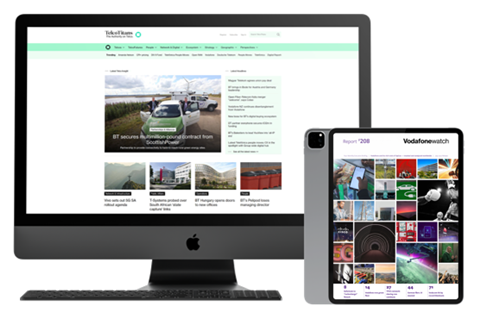
Become a TelcoTitans Professional Subscriber
Read this article and get full access to all TelcoTitans premium telco and digital infra content by subscribing today.
TelcoTitans Professional subscriptions include:
- Full access to all TelcoTitans online news, insight and analysis, including Professional-only and deep-dive content on leading tier-1 telcos
- Professional-only premium weekly CSP briefings and newsletters
- Industry-leading insight and analysis that you simply cannot get anywhere else
“Super intelligence, consistently high quality, compact and easy to digest” – Deloitte.





